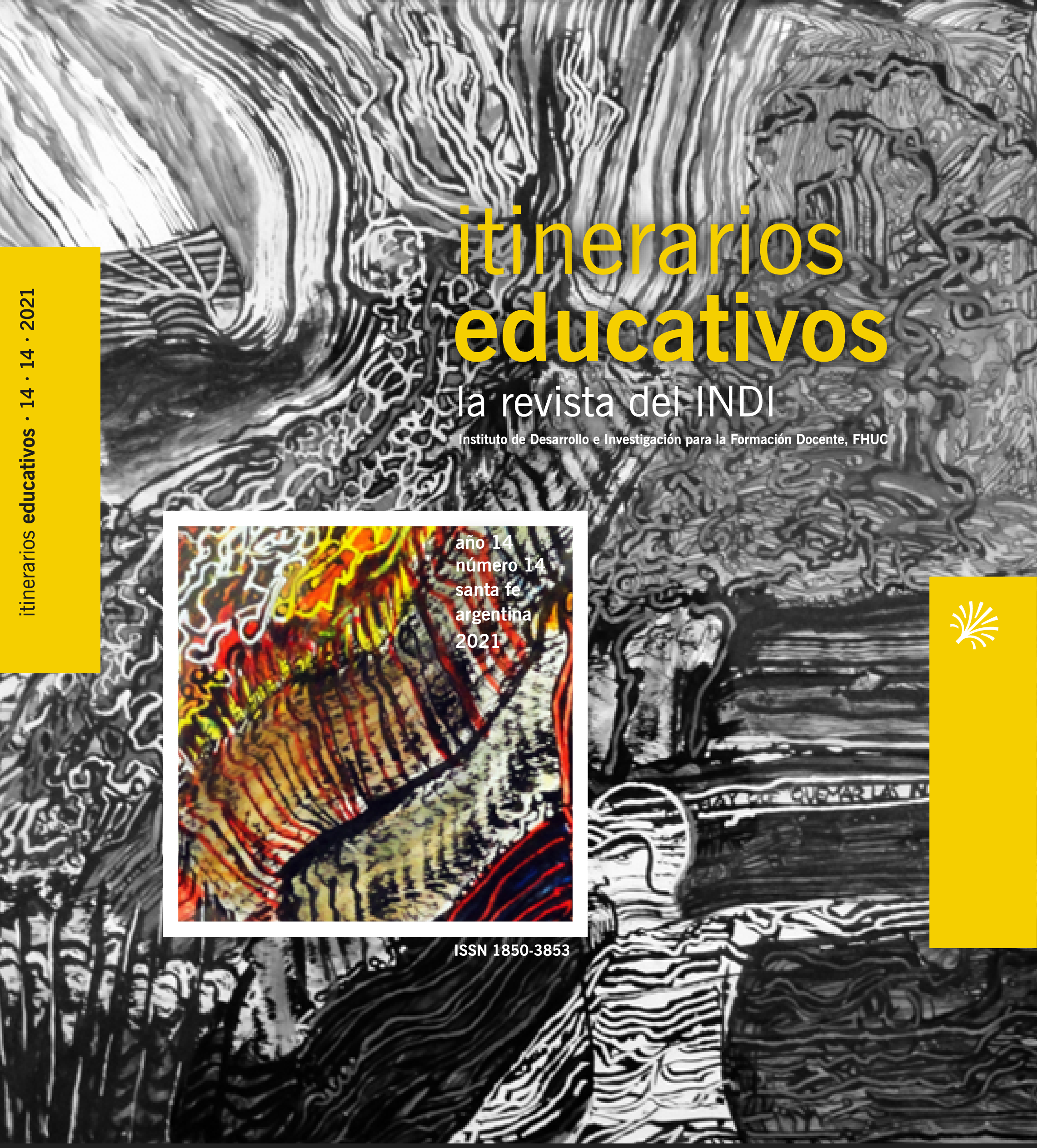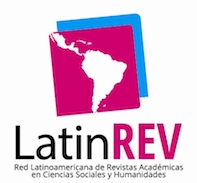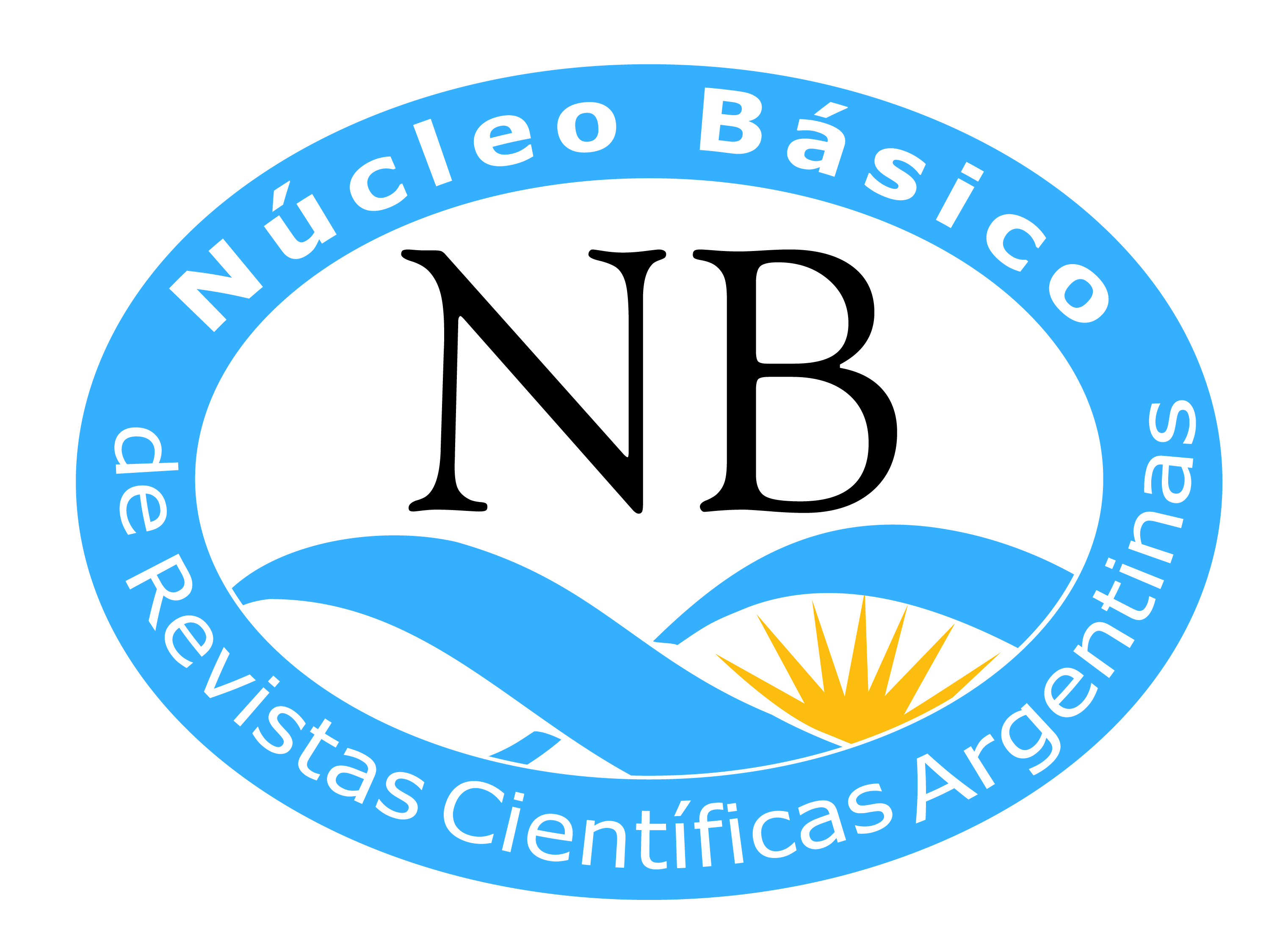Teaching, inequalities and reconfiguration of teaching work in secondary schools during the pandemic
DOI:
https://doi.org/10.14409/ie.2021.14.e0003Keywords:
teaching, secondary school, teaching work, educational inequality, pedagogical continuityAbstract
This article presents the results of a qualitative research that addresses the reconfiguration of teaching and teaching work at secondary schools in a region of the province of Buenos Aires after the interruption of in-person classes during the pandemic and as a consequence of pedagogical continuity policies. The way in which the pandemic revealed the mechanisms of social differentiation is analyzed considering its effects on the deepening of educational inequalities. By means of group interviews, this research collected the decisions of head teachers and teachers of secondary schools to preserve pedagogical links in a scenario that interrupts ‘doing in-person school’. These decisions account for a process of a particular appropriation of policies in each school under unequal symbolic and material realities. Appropriations are conditioned by the grammar of schooling, the organizational model, and the historical configuration of teaching work (the structure of the job, the available teaching knowledge) at secondary school. The change in schooling conditions –given the switch from in-person teaching to different forms of non-face-to-face teaching– tensed and altered dispositions and knowledge, thus exposing new inequalities.
Downloads
Published
How to Cite
Issue
Section
License
Those authors who have publications with this magazine, accept the following terms:
The authors will retain their copyright and guarantee the journal the right of first publication of their work,
which will be simultaneously subject to the Creative Commons Recognition License that allows third parties to share
the work whenever its author and first publication this magazine.
Authors may adopt other non-exclusive licensing agreements for the distribution of the published work (eg, deposit
it in an institutional telematic file or publish it in a monographic volume) whenever the initial publication in this
journal is indicated.
Authors are allowed and advised to disseminate their work through the Internet (eg, in institutional telematic files
or on their website) before and during the submission process, which can produce interesting exchanges and increase
citations of the published work. (See The effect of open access).
















